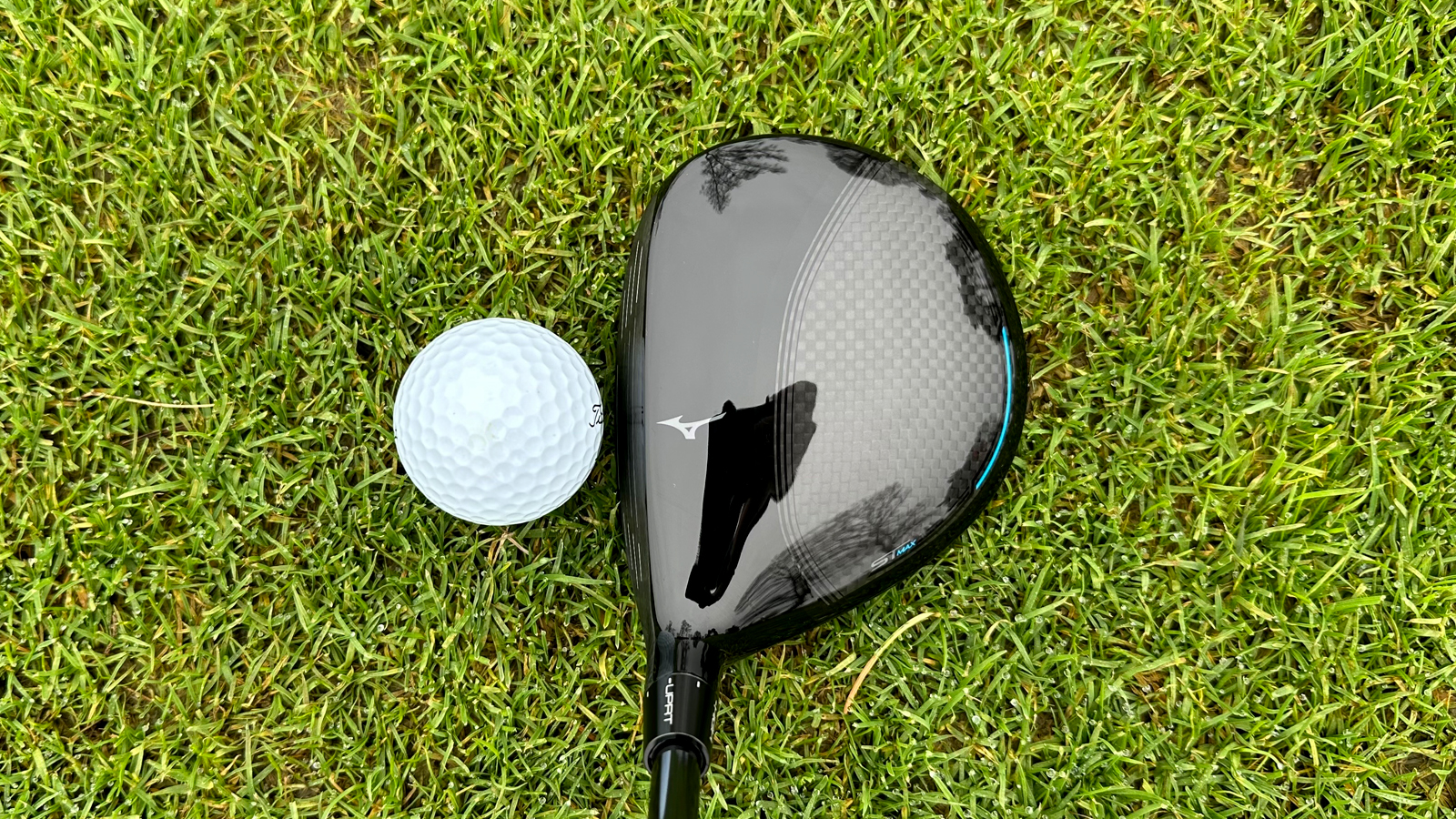
Over the past couple of seasons, it feels like Mizuno has been making big strides to be considered a major player in the metalwood market and the Mizuno ST-Max 230 fairway wood looks to continue that trend. The ST-Z 230 and ST-G model have proven to be extremely popular with amateurs and professionals alike. Producing clubs that look aesthetically pleasing has never been an issue with Mizuno and the proven performance from the new Pro 241, 243 and 245 irons and T24 wedges shows it has credibility in every area of the bag.

It’s interesting to see how there has been a shift in attention from distance and speed to forgiveness this year across all brand’s driver and fairway wood designs. Last year we saw Mizuno release the ST-G - a low launching and spinning fairway wood that looked great and went straight into a lot of Mizuno Staff players' bags at The Open Championship, but the ST-Max 230 is all about stability with speed.

This fairway wood looks superb and the return of the bright blue Cortech Chamber TPU insert on the sole really gives this club some shelf appeal. While the gloss black and carbon fibre crown does provide a nice blend of classic and modern looks, the head shape has changed marginally from the ST-Z 230 that I loved so much. The ST Max fairway wood boasts a larger footprint than we have seen over the past few years and is one that will inspire confidence to any golfer seeking it from their fairway woods, although the deep face would suggest it is better suited to golfers hitting it from the tee rather than a tight lie on the turf.

To give the Mizuno a thorough test, I took it out on the course and wanted to see how it performed in real time, but also alongside last year's low spinning ST-G model. After just a couple of swipes I could see the difference in flight and performance. As a faster swinger of the golf club and someone who naturally creates a lot of spin, the ST-G did perform better for me when struck off a tee. However, that’s not to say there was anything wrong with the ST-Max 230. It felt as good as I would expect a Mizuno fairway wood to feel through impact and produced a solid 'thud' as the face collided with the ball. It did produce a fairly high ball flight that did become a little difficult to control as the wind picked up, but there is the option of an adjustable hosel to lower the loft on the clubhead for those that want to see a lower trajectory.

It was from the fairway and even the first cut of rough where the ST-Max 230 fairway wood excelled. That high ball flight I saw from the tee was also evident when struck from the fairway which actually surprised me given my concerns on the depth of the face. Mizuno has also incorporated what they are calling ‘Speed Bevel’ to the ST-Max 230 - a modification to the leading edge to improve turf interaction and maintain speed from shots struck from the fairway.
While I didn’t know this at the time, the Speed Bevel is probably the reason for hitting one of my best shots of the day - a 265-yard shot from a tight, downhill lie over water that landed on the front edge of the green, setting myself up for a 30ft eagle putt. This addition to the leading edge and the high MOI design in this head makes it one of the most forgiving fairway woods I have tested this year, alongside the likes of the TaylorMade Qi10 and Callaway Paradym Ai-Smoke Max.
While there was nothing that blew me away about this fairway wood, the Mizuno ST-Max 230 is a really solid option that will work for golfers of all abilities, particularly those who play on longer golf courses and hit their fairway woods regularly from the deck or those who have slightly slower swing speeds and seek additional height from their fairway woods.
The Mizuno ST-Max 230 fairway wood is available in 15°,18° and 21° loft options and comes to retail with a price tag of $300 or £269.







